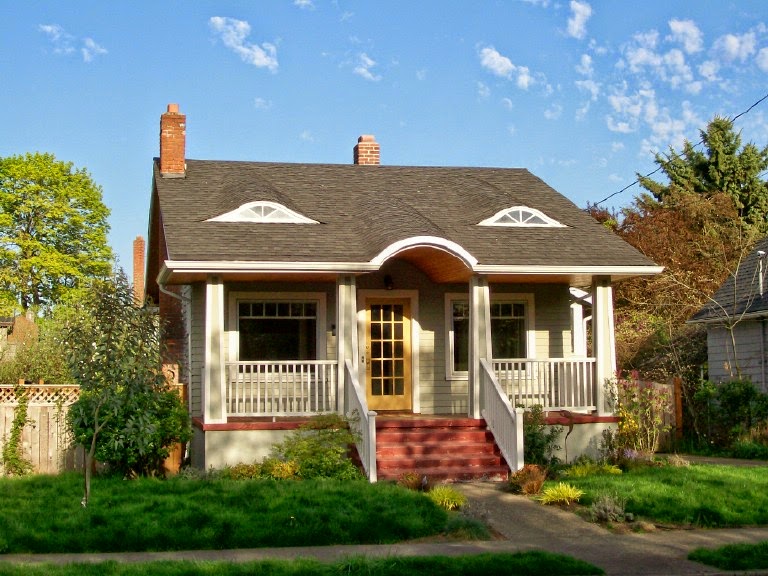 |
| Freedigitalphotos.net |
Since the turnaround of the housing market began, many buyers are asking how long they have to wait after a short sale to purchase again. Here are the general guidelines broken down by loan type:
- FHA loans: If a borrower is not behind on their mortgage at the time of the short sale (mainly transferees that didn't or don't have a choice) they are eligible to purchase again. Buyers cannot short sell and purchase a similar home in the same area. If the borrower is in default at the time of the short sale, they need to wait 3 years from the short sale close date before buying again. If the short sale property had an FHA mortgage, the 3 year wait period doesn't begin until FHA pays the claim. This date can be provided by a lender.
- FHA exceptions: Exceptions may be made for circumstances that occur beyond the borrowers control such as job loss, a medical emergency, death of the wage earner, etc. The credit before the event needs to be satisfactory.
- Conventional loans: Wait time for conventional mortgages is dependent upon the down payment. All waiting periods start from the closing date of the short sale.
to value ratio)
2 years 80% maximum LTV ratios
4 years 90% maximum LTV ratios
7 years 95% maximum LTV ratios
* All waiting periods must credit score qualify with traditional credit.
Non-traditional credit isn't accepted.
- Conventional loan exceptions: Similarly to FHA loans, conventional programs can be applied to conventional loans for circumstances that are beyond the borrowers control and that can be documented. A 2 year waiting period is allowed with a 90% LTV or maximum LTV per conventional matrixes.






.jpg)







.jpg)

.jpg)





.jpg)











